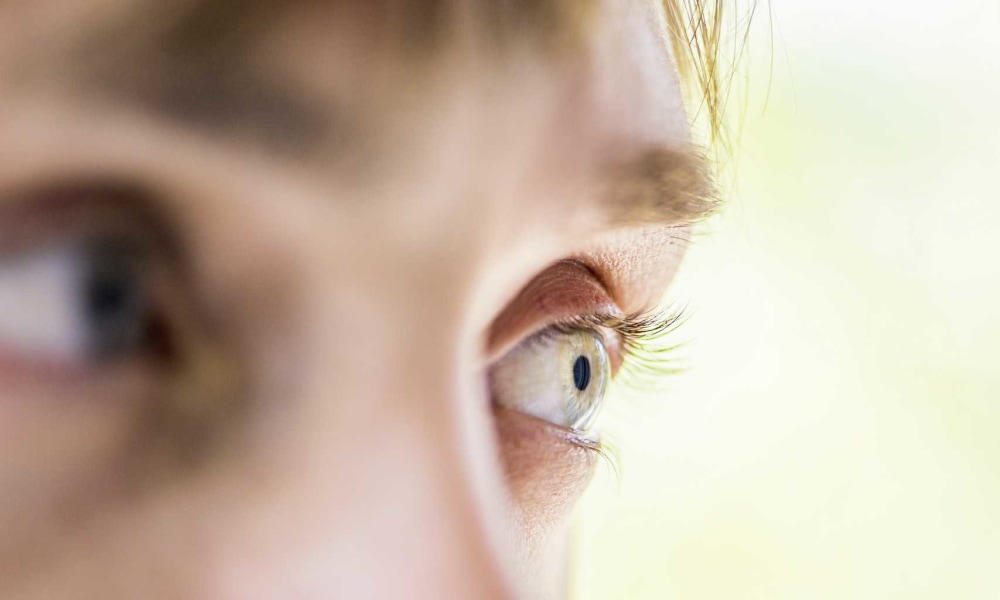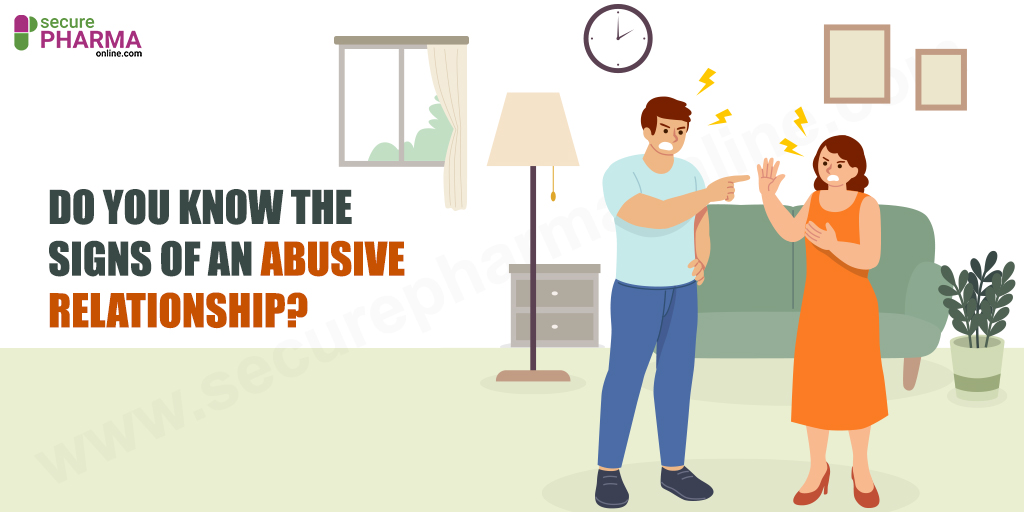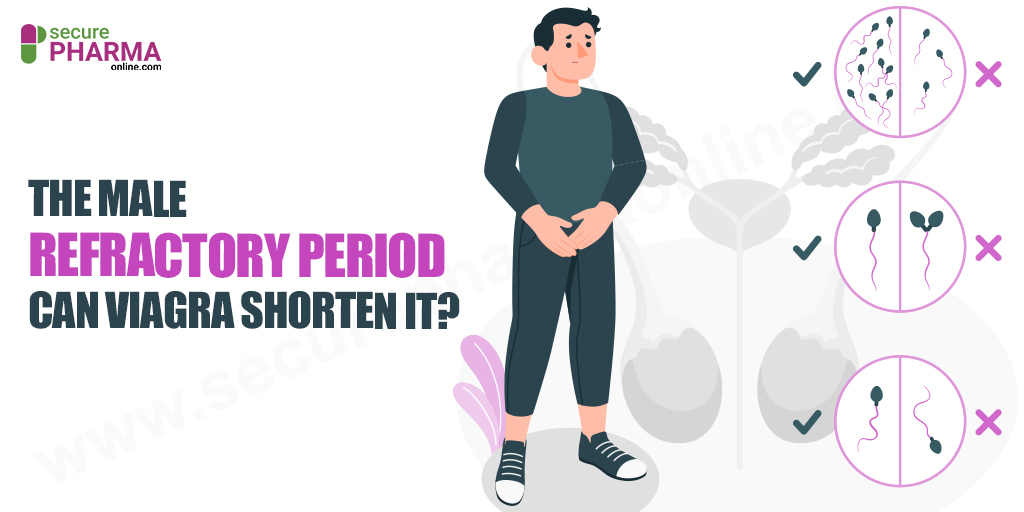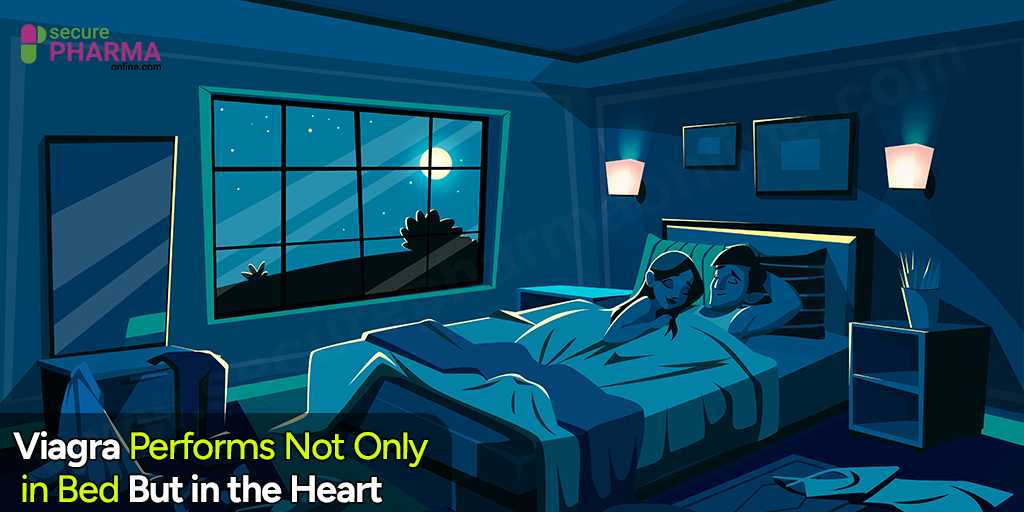Diabetic Eye Problems: What Are the Types And Treatments

Diabetes is a metabolic disorder. It results from the body’s lack or increased ability to produce insulin than normal levels. For some, the body does not produce insulin at all, or cannot use it efficiently. This causes damage to blood vessels, organs, and other health issues such as diabetic eye or eyesight problems.
- Insulin is crucial to the wellness of health
- It aids the breaking down of glucose
- It also helps to deliver sugar to cells throughout our system
- The cells receive energy from sugar
Here is what happens in case of abnormal blood sugar levels in the body:
High Blood Sugar:
Insufficient insulin leads to excessive glucose in the blood. The sugar does not break down properly. This condition is hyperglycemia, which affects various body parts, including the eyes.
Low Blood Sugar:
The low blood sugar – hypoglycemia, blurs the vision. This persists till the blood sugar levels normalize.
In the following post, we will discuss different types of diabetic eye problems, the need for an eye examination, and possible treatment options.
Types of Eye Diseases Because of Diabetes
If you have diabetes and facing issues with eyesight, then you must visit your doctor. High blood sugar levels may cause Glaucoma, cataracts, blurry vision, and retinopathy. It may affect any diabetic person in the age group of 20 to 75.
Glaucoma
Glaucoma is of different types or forms. Those with diabetes are more prone to this condition. Here, the eye fluid does not drain as it should. Pressure built inside the eye is the culprit for it. The consequences are damage to blood vessels and nerves of the eyes. This leads to changes in vision.
The most common form of the issue is open-angle glaucoma. Medicines will treat diabetic eye disorder. The medications lower eye pressure, reduce the liquid amount (aqueous humour) the eye makes and speeds up the drainage.
Few symptoms of other forms of glaucoma are:
- Watery eyes
- Pain or ache in the eye
- Headache
- Blurry vision
- Loss of vision
- Halos around lights
Other forms of possible treatments are:
- Special eye drops
- Laser treatments
- And surgery to lower eye pressure
If your blood sugar levels are abnormal, then you may encounter a rare condition. This is called neovascular glaucoma. Here, the blood vessels start to appear on the iris. An iris is the coloured part of an eye. The growth of blood vessels raises eye pressure by blocking the normal fluid flow.
Treatment for neovascular glaucoma includes:
- Reversing the unusual growth of blood vessels on the iris
- For this, the doctor may suggest a laser treatment
- The procedure will lessen the number of blood vessels
- Particularly this happens at the back of your eye
- The healthcare provider may also suggest an anti-VEGF injection
- Other concurrent measures may lower the eye pressure
Cataracts
Cataracts affect aged people. But for those with diabetes, this condition may affect earlier. The eyesight worsens faster due to ups and downs in blood sugar level. The natural internal lens of an eye is important. It enables you to focus on images like a camera.
In case the lens gets cloudy, then cataract forms. Thus, you may face the issue of smudged vision. Here are the possible problems of diabetic eye you will encounter:
- Even slight cloudiness of lens can disturb your ability to focus
- You will not have a clear eyesight
- Symptoms that you will notice are glare and blurred vision
To remove a cataract, a simple surgical process is enough. It is safe to go for surgery. Your doctor will run a series of tests before the procedure. He/she will then place an artificial lens as a replacement to the cloudy one.
Blurry Vision
You may have blurry vision. Objects may seem distant or unclear. If that is the case, then it is time to check your vision. You can go for an eyesight test to confirm a diabetic eye issue. Also, examination for blood sugar level is mandatory. High blood sugar is often a reason for blurred vision.
- Hike in blood sugar can cause the lens to swell
- This interferes with your ability to see
- The doctor may advise you to get your blood sugar level to normal
- The blood sugar level range before meals must be 70 to 130 milligrams per decilitre
- After 1 to 2 hours of a meal, the same must be less than 180 milligrams per decilitre
Diabetic Retinopathy
Your retina is a cluster of cells at the back of the eye. This captures in light and turns to images. This happens when the optic nerve sends signals to the brain. Diabetic Retinopathy affects when there is damage to the retina’s small blood vessels. The responsible factor is high blood sugar levels.
It is crucial to seek treatment soon, or you may go blind. You must keep your blood sugar level in check. Keep it in a normal range. The diabetic eye affects those more prominently who have diabetes for quite a long time.
- Type 1 diabetes usually does not affect before puberty
- Adults may encounter it rarely as well
- It may affect adults with Type 1 diabetes for at least 5 years
You can prevent diabetic eye conditions by keeping the blood sugar in control. You may use a daily insulin injection or pump for the same. If you have Type 2 diabetes, eye problems may also increase. It is best to control your blood pressure, sugar, and cholesterol to prevent or slow the disease. Try to quit smoking, if you do to improve the state of your eye.
Other types of Diabetic Retinopathy are as follows:
Maculopathy:
When diabetes affects the macula, then Maculopathy results. The macula is an area of the retina. It helps with vision-related functions such as driving, reading, and more. The swelling of the macula is reversible. But if the condition is serious, it is difficult to treat.
Background Retinopathy:
Diabetes causes damage to blood vessels. Initially, your vision may not deteriorate much. But the same may worsen if diabetes also gets worse.
Proliferative Retinopathy:
This occurs when a lack of oxygen supply affects the cells at the back of the eye. This leads to the growth of unnecessary blood vessels. But the new blood vessels are fragile. There is a risk of bleeding from vessels, causing clots. So, you may face scarring causing the retina to pull away from the back of the eye.
In case the retina detaches, then the vision loss is permanent. There are treatment options if you address the diabetic eye in time. Surgery and laser procedure may burn the blood vessels away. The treatment can prevent blindness if diagnosed in an early stage of retinopathy.
The Requirement of Eye Examinations
If you have eyesight issues, then every year get a check-up of the eye. This can take care of eye problems. The examinations are more important if you are pregnant, or plan for pregnancy in the immediate future. Also, if you have diabetes, then besides a check-up of the blood sugar level, eye tests will help to keep the health of your eyes in check too.
Call for a doctor in case you notice:
- Flashes of light
- Black spots in vision
- Sudden blurriness
- Holes in vision
Treatment Options for Diabetic Eye Diseases
If you have diabetes, then your doctor may suggest an eye test more than once a year. Also, he/she will guide you to manage diabetes. You may have to quit smoking, bring cholesterol and blood pressure to normal levels. These shall do the trick of preventing diabetic eye conditions or restrict them from worsening.
In case of severe eye problems due to diabetes, the doctor may prescribe medications or eyedrops, surgeries, laser treatments, or combinations of these alternatives:
Medications
Anti-VEGF medicines such as ranibizumab, bevacizumab, or aflibercept can treat eye disorders. These medicines stop the abnormal growth of blood vessels in the eyes. They also block leakage of fluids, helping in the treatment of diabetic macular edema.
Surgeries
Here are options in surgical treatments:
Vitrectomy:
Here, the surgeon removes the clear gel (vitreous gel). This gel fills the centre of the eye. The procedure treats scar tissue or severe bleeding caused by proliferative diabetic retinopathy.
Cataract Lens Surgery:
The surgeon will remove the cloudy lens from the part of the eye where the cataract results. He/she will then replace the cloudy lens with an artificial lens. You can expect a better vision after the procedure. Once the eye heals, go for an eyesight test.
Laser Treatment
The treatment – photocoagulation uses a beam of light. The specialist will use the beam to create tiny burns inside your eyes. It will aid in treating extra fluid (edema) and leaky blood vessels. Numbing medicine is necessary for the eyes in this procedure. You may require several office visits.
The two common types of laser treatments for diabetic eye problems are as follows:
- To work on a small area of the retina, grid/focal laser treatment rectifies diabetic macular edema
- Panretinal Photocoagulation (PRP) is a scatter laser treatment
- The surgeon may opt for PRP to treat diabetic eye spread over a larger area of the retina
- This procedure removes abnormal growth of blood vessels
Visit our website to buy cyclosporine eye drops which will help in treating dry eyes at a discounted price.
To Conclude
Diabetic eye problems are common in people with diabetes. For better eye health, it is advisable to keep diabetes and its symptoms in control. Also, treatments are possible for eyesight issues if you seek help in time.
April 3, 2021 Sam Bell











Comments